| Plant Habit: | Shrub |
| Life cycle: | Perennial |
| Sun Requirements: | Full Sun Full Sun to Partial Shade |
| Water Preferences: | Wet Wet Mesic Mesic |
| Soil pH Preferences: | Slightly acid (6.1 – 6.5) Neutral (6.6 – 7.3) Slightly alkaline (7.4 – 7.8) Moderately alkaline (7.9 – 8.4) |
| Plant Height: | 6 to 12 feet |
| Plant Spread: | 9 to 16 feet |
| Leaves: | Good fall color Unusual foliage color Deciduous |
| Fruit: | Edible to birds |
| Fruiting Time: | Late summer or early fall |
| Flowers: | Showy |
| Flower Color: | White |
| Bloom Size: | Under 1" |
| Flower Time: | Summer |
| Uses: | Will Naturalize |
| Edible Parts: | Fruit |
| Wildlife Attractant: | Bees Birds |
| Resistances: | Deer Resistant Flood Resistant |
| Propagation: Other methods: | Cuttings: Stem |
| Pollinators: | Various insects |
| Miscellaneous: | Tolerates poor soil Monoecious |
| Conservation status: | Least Concern (LC) |
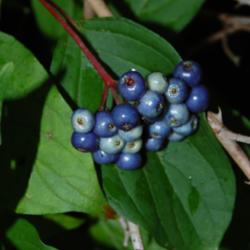

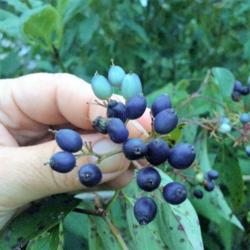
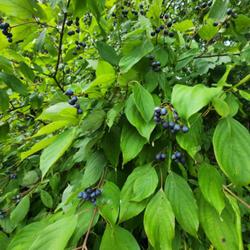
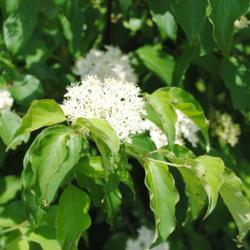

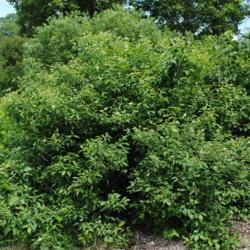
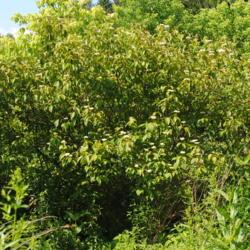
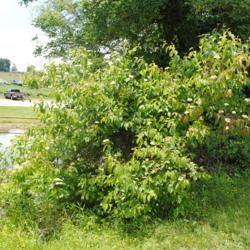
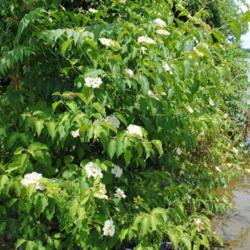
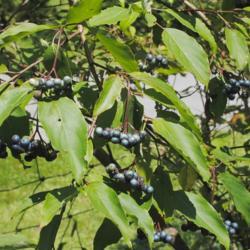
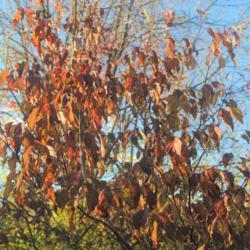
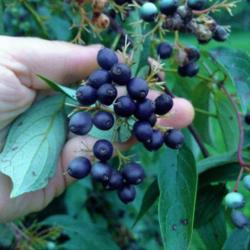
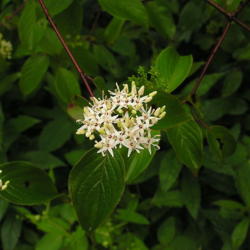

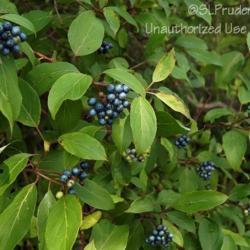

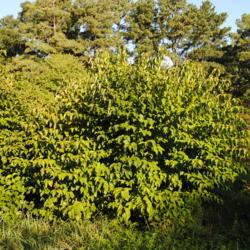
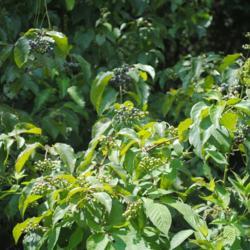
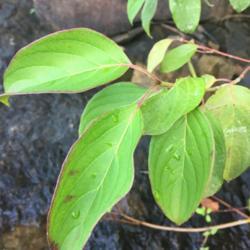

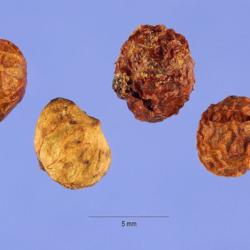
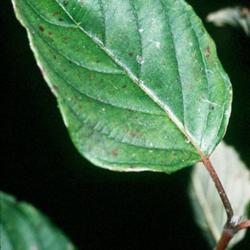

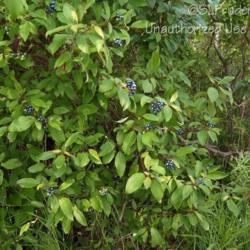
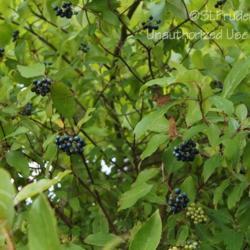


« Add a new plant to the database
» Search the Dogwoods Database: by characteristics or by cultivar name
« See the general plant entry for Dogwoods (Cornus)